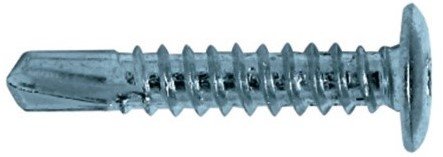- How to decide the right self-drilling screw?
- Why use CE approved anchors?
- Seismic approval Apolo MEA fixings
- Screws Stripping off
- Delayed fractures
Customer Service

Do you need help?
Choose a location
to view contact options
-
 CELO Chile
CELO Chile
-
 CELO Croatia
CELO Croatia
-
 CELO France
CELO France
-
 CELO Germany
CELO Germany
-
 CELO Hungary
CELO Hungary
-
 CELO Latvia
CELO Latvia
-
 CELO Morocco
CELO Morocco
-
 CELO Poland
CELO Poland
-
 CELO Romania
CELO Romania
-
 CELO Slovakia
CELO Slovakia
-
 CELO Spain
CELO Spain
-
 CELO Sweden
CELO Sweden
-
 CELO UAE
CELO UAE
-
 CELO USA
CELO USA
How to decide the right self-drilling screw?
There are three key factors in choosing a self-drilling screw, its length, its diameter and its hardness.

The length of the point must be greater than the thickness of the metal sheet to be fixed, and it it is a matter of two metal sheets then both of them. To avoid the top sheet from lifting ("jacking") when the thread engages it.
If the point is too short it does nor remove the swarf properly, blocking the screw and even overheating the point.
See in the table below the threaded part (A) of a self-drilling screw by diameter and length of the screw. The point length is the difference between the length of the screw and that of the threaded part (L-A)
.jpg)
The diameter of the self drilling point is directly related to the diameter of the screw. Each diameter of screw will drill a certain maximum thichness oh the sheet. See table above.
An exception is the case of the reduced self-drilling point, with the same diameter screw but a narrower point. The aim of this is for the screw not to strip is thread in thin sheets, making a smaller hole and extruding the sheet while screwing it in, achieving a larger gripping surface.
The hardness of the point must be 250 Hv greater than the material being drilled. a self-drilling screw cannot penetrate a material that is as hard as it. For example, A2 stainless steel screw cannot penetrate A2 sheet, only aluminium, wood or copper.
Drilling speed. It is important when drilling with screws of this type to let the point work without exceeding a maximum speed of 2,500 r.p.m.
Screws Ø ≤ 4.8 1800 – 2500 r.p.m.
Screws Ø > 4.8 1000 – 1800 r.p.m.
If the point heats up, cool it off quickly with a glass of water as the contrat in temperature will increase the hardness surface, stopping it overheating and melting.

